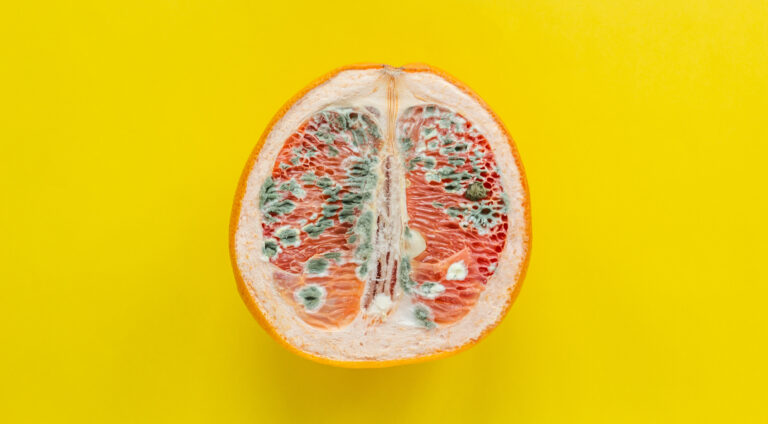Those yeast infection symptoms are finally in the rearview mirror. And as tempting as it might be to celebrate by getting intimate, you’ll want to first make sure you’re 100% recovered. In this article, we’ll walk you through how long you should wait to have sex after a yeast infection treatment and answer some other burning questions you might have.
How Long Should I Wait for Sex After a Yeast Infection Treatment?
Most yeast infection treatments, whether over-the-counter or prescribed by a doctor, take anywhere from 1 to 7 days to do their thing. In general, it’s recommended to abstain from sexual activity until the treatment is finished and your symptoms have completely resolved. This allows time for the medication to work and for your vagina to heal and recover.
If you’re using a longer treatment like a 7-day cream or taking oral fluconazole (Diflucan), wait until you’ve taken the full course of medication before having sex.
For shorter treatments, like a 1-day or 3-day vaginal cream or suppository, wait until any residual medication has been expelled and your symptoms are gone (this is usually 1-2 days after completing treatment.)
Why the Wait?
Here’s why jumping the gun isn’t the best idea:
- Having intercourse too soon risks passing the infection to your partner, even if they are asymptomatic.
- Sex can introduce new bacteria into the vaginal area, potentially causing the yeast infection to recur or triggering a different type of infection.
- Your sensitive tissues might still be a bit… well, sensitive. Sex could irritate them further, prolonging your discomfort.
If you absolutely can’t wait, at least use protection. A condom can help minimize the risk of transmission or reinfection. But remember, it’s not a foolproof solution—abstinence is still your best bet for a speedy recovery.
What Causes Yeast Infections?
Now that we’ve covered the “when,” let’s talk about the “what.” Understanding what causes yeast infections can help you prevent future episodes (and hopefully avoid playing the waiting game again).
Yeast infections occur when the balance of bacteria and yeast in the vagina is disrupted, allowing the Candida fungus to overgrow. While Candida is always present in small amounts, it is usually kept in check by the immune system and other “good” bacteria.
Some things that can upset this balance and lead to yeast overgrowth include:
- Antibiotics, which kill off the beneficial bacteria
- Hormonal changes during pregnancy, menstruation, or from birth control pills
- Uncontrolled diabetes
- Compromised immune system
- Douching or using scented/irritating feminine hygiene products
Certain lifestyle factors, like wearing tight, non-breathable underwear and using perfumed soaps or bubble baths, can also contribute to yeast infections by creating a warm, moist environment for Candida to thrive.
Symptoms
Common symptoms of a yeast infection include:
- Thick, white, cottage cheese-like vaginal discharge
- Vulvar/vaginal itching, redness, and swelling
- Burning during urination or sex
- Vaginal pain and soreness
Treatment
Most yeast infections can be tackled with over-the-counter treatments. Look for products containing miconazole or clotrimazole. They come in various forms—creams, ointments, suppositories—so you can choose what works best for you. Prescription oral medications like fluconazole are also available for more severe or recurrent infections.
Timelines
It’s important to complete the full course of treatment, even if your symptoms improve before you are finished. Why? Stopping early can allow the yeast to continue growing and the infection to return.
When To See a Doctor
See your healthcare provider if:
- This is your first yeast infection, and you want to confirm the diagnosis
- Your symptoms don’t improve after treating with OTC medicine
- You get 4 or more yeast infections per year
- You have severe symptoms like extensive redness, swelling and itching that leads to tears/cracks/sores
- You have a weakened immune system or uncontrolled diabetes
Additional FAQs Regarding Yeast Infections
Can You Have Sex with a Yeast Infection?
It’s best to avoid sex until your yeast infection clears. Here are four reasons why:
- Vaginal sex can further irritate the vaginal tissue, hindering the healing process
- Your partner can develop symptoms like itching/burning after exposure to your yeast
- Although not an STI, yeast infections can pass back and forth between partners
- Sex can introduce new bacteria, leading to a recurrent yeast infection or bacterial vaginosis
Can Sex Cause a Yeast Infection?
Sex itself doesn’t cause yeast infections, but certain sexual activities and behaviors may increase the risk by introducing new bacteria or disrupting the vaginal pH balance.
Here’s what you need to be aware of:
- Unprotected sex with a partner who has a yeast infection or poor genital hygiene
- Frequent intercourse, especially without adequate lubrication
- Switching between anal and vaginal sex without cleaning in between
- Using scented/irritating lubricants, condoms or sex toys
- Not urinating after sex to flush out bacteria
Are Yeast Infections Contagious?
While not considered an STI, yeast infections can sometimes be passed between partners. About 15% of men can get an itchy rash on their penis after unprotected sex with an infected partner.
It’s also possible for partners to keep passing a yeast infection back and forth. If one partner keeps getting recurrent infections. In this case, both partners should be treated (even if you don’t have symptoms.)
Final Thoughts
Dealing with a yeast infection can be frustrating, especially when it puts a damper on your sex life. But with a little patience and the right treatment, you’ll be back to your normal self in no time.
Remember, your sexual health is an important part of your overall wellbeing. Don’t be shy about discussing these issues with your partner or healthcare provider. Take care of yourself, practice good hygiene, and listen to your body.

